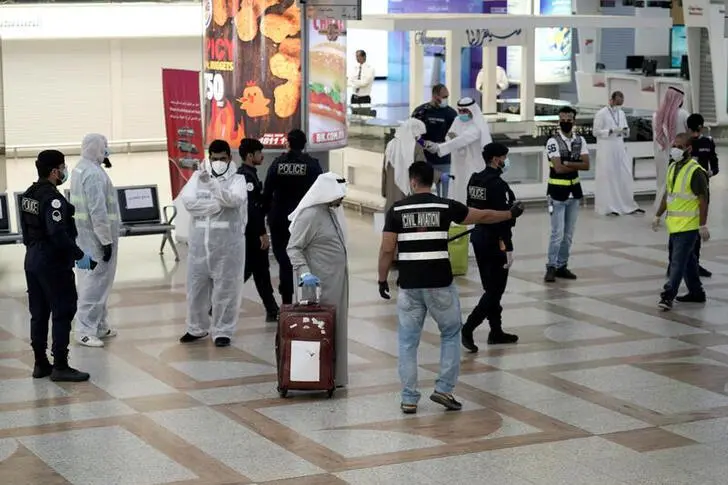PHOTO
Airlines in the Middle East continue to bleed with falling revenues as passenger numbers remain well below pre-coronavirus levels despite the easing of travel restrictions.
As of late July 2020, the number of flights operated by carriers in the region is still 70 percent lower compared to January this year, according to Muhammad Albakri, the regional vice president of the International Air Transport Association (IATA) for Africa and the Middle East.
Passenger demand in the region, which is now down 60 percent compared with the same period a year ago, is also expected to recover much later, in 2024, which is a year later than anticipated in IATA’s April forecast.
“[Airlines] are still struggling and the recovery is quite slow in our region compared to global average,” Albakri said during a press briefing on Wednesday.
The IATA official reiterated calls for support to ensure airlines in the Middle East will stay in business and that further massive job losses can be prevented.
“We continue to plead the case for support for carriers in the Middle East, especially as they have depleted all their cash reserves and to protect them from going totally under,” Albakri said.
Harmonised approach
To help the industry recover faster, he said the governments should also ensure they have a uniform approach to mitigating coronavirus risks during air travel, particularly when conducting COVID-19 tests, quarantine and contact tracing.
“Those flying for the first time since the lifting of restrictions face an array of different types of biosafety measures and procedures – which is causing confusion among passengers and delaying the recovery,” Albakri said.
Airlines in the region have been severely impacted by the coronavirus pandemic. IATA has estimated that carriers in the market could lose $4.8 billion in net profits this year, or an average of $37 per passenger, compared to just $4.6 per customer last year.
In the latest forecast, Middle East passenger numbers are expected to fall by around 56 percent this year, or more than 113 million passenger journeys. Within the Gulf Cooperation Council (GCC) region, revenues will drop by 56 percent, while passenger numbers are poised to fall by more than half (54 percent).
“Demand is expected to recover gradually and will not reach the level of 2019 until 2024, a year later than we anticipated,” said Albakri.
Global recovery
IATA also said on Tuesday that global passenger traffic, measured through revenue passenger kilometres (RPKs) will not return to pre-pandemic levels until 2024.
The recovery in short haul travel is still expected to happen faster than for long haul travel.
The more pessimistic recovery outlook is based on a number of recent trends, which include slow virus containment in the US and developing economies, reduced corporate travel and weak consumer confidence.
(Reporting by Cleofe Maceda; editing by Seban Scaria)
#MiddleEast #Travel #IATA #Airlines #Aviation
Disclaimer: This article is provided for informational purposes only. The content does not provide tax, legal or investment advice or opinion regarding the suitability, value or profitability of any particular security, portfolio or investment strategy. Read our full disclaimer policy here.
© ZAWYA 2020












